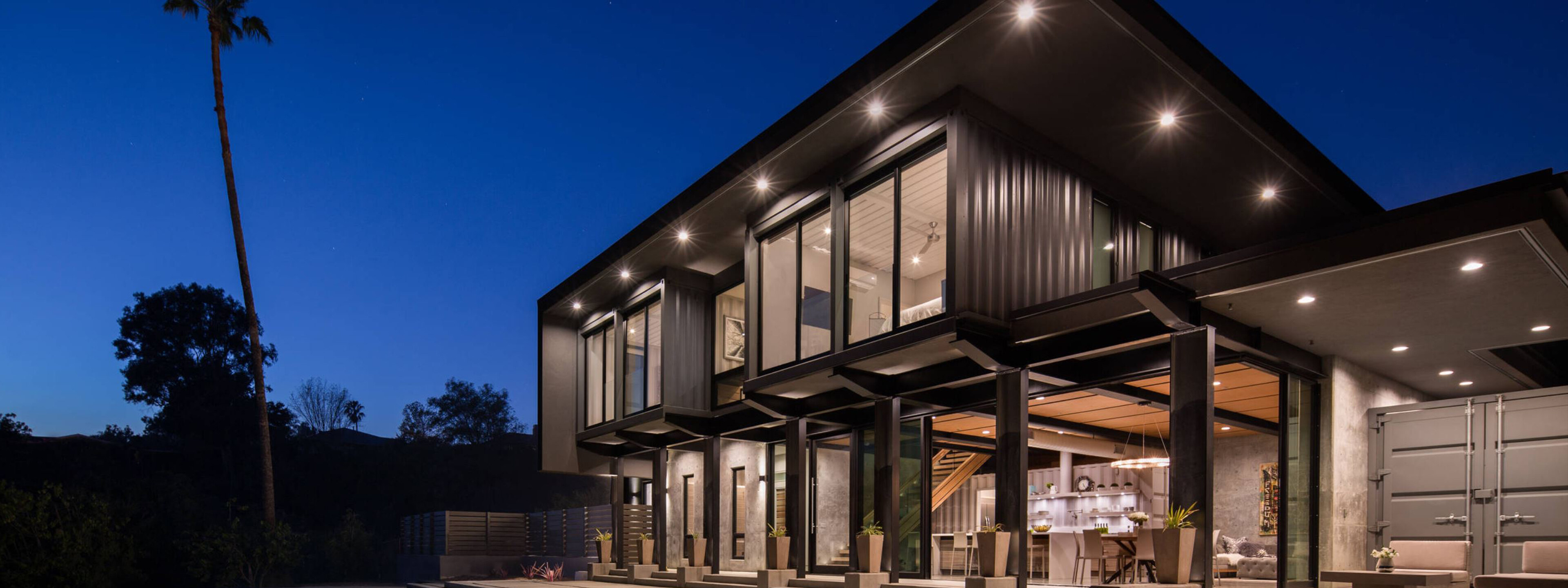Email format error
Email cannot be empty
Email already exists
6-20 characters(letters plus numbers only)
The password is inconsistent
Email format error
Email cannot be empty
Email does not exist
6-20 characters(letters plus numbers only)
The password is inconsistent


In recent years, combined container houses have emerged as a versatile and innovative solution for various housing and commercial needs. These structures, constructed from repurposed shipping containers, offer affordability, sustainability, and rapid deployment advantages. However, before diving into the purchase and deployment of combined container houses, it is crucial to navigate through the maze of regulatory considerations and address common questions potential buyers may have. This article aims to provide a comprehensive guide, covering regulatory requirements and answering FAQs to ensure informed decision-making.
When considering the installation of combined container houses, one of the primary concerns revolves around adherence to local building codes and obtaining necessary permits.
Local building codes dictate the standards and specifications that must be met for any structure, including container houses, to ensure safety and compliance. These codes typically cover aspects such as structural integrity, electrical wiring, plumbing, and insulation requirements. Variations in codes may exist between different states, counties, or even municipalities, so it's essential to consult with local authorities or a qualified professional familiar with container housing regulations in your area.
Obtaining permits is another critical step in the regulatory process. Depending on the intended use and location of the container house, permits may be required for:
- Site preparation: Ensuring the ground is suitable and meets environmental standards.
- Building construction: Validating that the container house complies with local building codes.
- Utilities: Securing approval for water, sewage, and electrical connections.
Navigating the permit process can vary significantly based on your location, so engaging with local authorities early in the planning stages is advisable to avoid delays and compliance issues.
Zoning regulations play a pivotal role in determining where and how container houses can be installed. These regulations are designed to manage land use and maintain the aesthetic and functional integrity of neighborhoods and communities.
Zoning laws dictate permissible land use categories, such as residential, commercial, industrial, or mixed-use zones. Container houses may be subject to specific restrictions or prohibitions in certain zones, particularly residential areas where architectural conformity and neighborhood character preservation are prioritized.
It's essential to research and understand the zoning rules specific to your location. Some municipalities may have embraced container housing as a viable solution for affordable housing or temporary structures, offering more lenient zoning provisions or special permits for container-based developments. Conversely, others may impose stringent regulations or outright bans on container houses in residential areas.

While shipping containers are inherently sturdy, modifications are often necessary to adapt them for habitation. Regulatory oversight ensures these modifications meet safety standards and maintain structural integrity.
Structural modifications, such as cutting openings for doors and windows, adding plumbing and electrical systems, or joining multiple containers, must comply with building codes and engineering standards. Professionals experienced in container house construction can provide guidance on meeting these requirements and obtaining necessary certifications.
Many jurisdictions require structural modifications to be certified by a licensed structural engineer or architect to ensure compliance with safety regulations. This certification verifies that the container house is structurally sound and capable of withstanding environmental stressors, such as wind and seismic forces.
Ensuring the health and safety of occupants is paramount in container house construction. Compliance with health and safety standards encompasses various aspects, including fire safety, insulation, and environmental health considerations.
Container houses must adhere to fire safety codes, which may involve installing fire-resistant materials, adequate exits, and smoke detectors. Additionally, insulation requirements ensure thermal comfort and energy efficiency, especially in climates with extreme temperatures.
Environmental health considerations include ventilation to prevent moisture buildup and mold growth, adequate lighting and air quality, and the use of non-toxic building materials. Regulatory bodies may stipulate specific standards to safeguard occupants' health and well-being within container houses.
When considering purchasing a combined container house, it's essential to factor in several cost elements beyond the initial purchase price. These may include delivery charges, site preparation costs, permits, and any customization expenses. Budgeting should account for these variables to avoid unexpected financial burdens during the project.
Suppliers often offer a range of customization options to tailor container houses to specific needs and preferences. This can include the addition of windows, doors, insulation upgrades, flooring choices, and exterior finishes. Understanding the extent of customization available allows buyers to create a container house that meets both functional requirements and aesthetic preferences.
Installing a combined container house typically involves several steps:
Each stage requires coordination between suppliers, builders, and possibly local authorities to ensure compliance with regulations and safety standards.
Regular maintenance is essential to prolong the lifespan of a container house:
Container houses are designed to be durable, with an expected lifespan of 20 to 30 years or more depending on maintenance and environmental conditions. Proper maintenance and periodic inspections can significantly extend their longevity.
The durability of container houses can vary based on climate:
Before purchasing, review contracts with suppliers and builders carefully. Key considerations include:
Whether leasing or owning, legal considerations include:
Conclusion
In conclusion, while combined container houses offer innovative solutions for housing and commercial needs, navigating regulatory considerations is crucial for successful deployment. Understanding local building codes, obtaining necessary permits, and complying with zoning regulations are fundamental steps in ensuring legal compliance and safety. Additionally, addressing common FAQs about purchasing and using container houses provides prospective buyers with essential insights to make informed decisions. By adhering to regulatory guidelines and gaining clarity on key considerations, stakeholders can harness the benefits of combined container houses while mitigating potential challenges. For further guidance, consulting with professionals experienced in container housing regulations is recommended to streamline the process and ensure compliance with local laws.